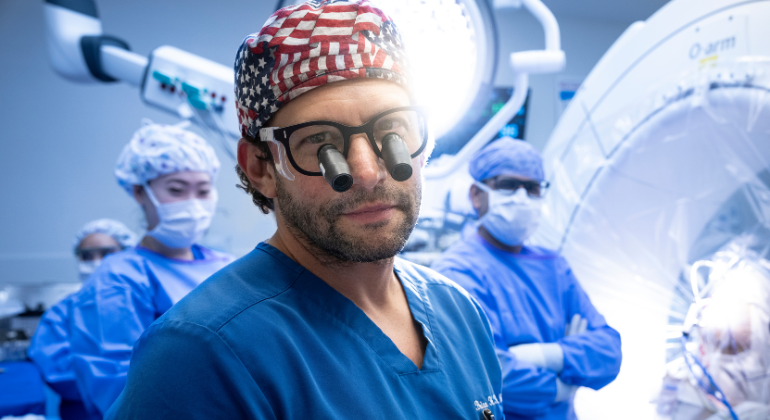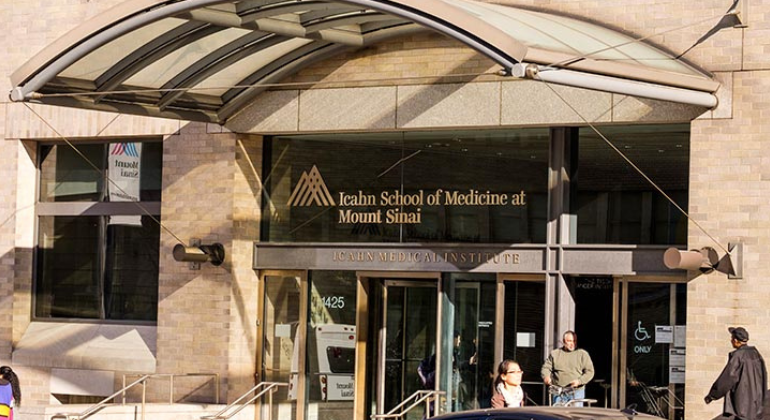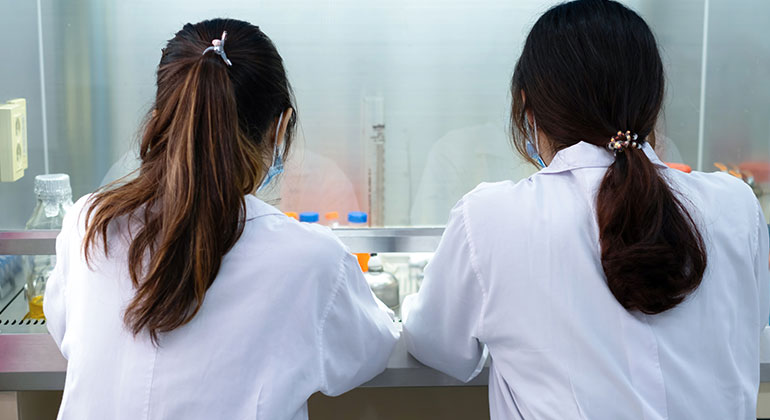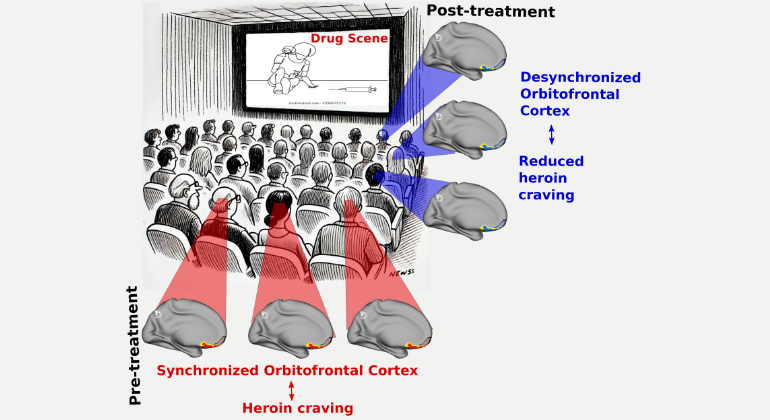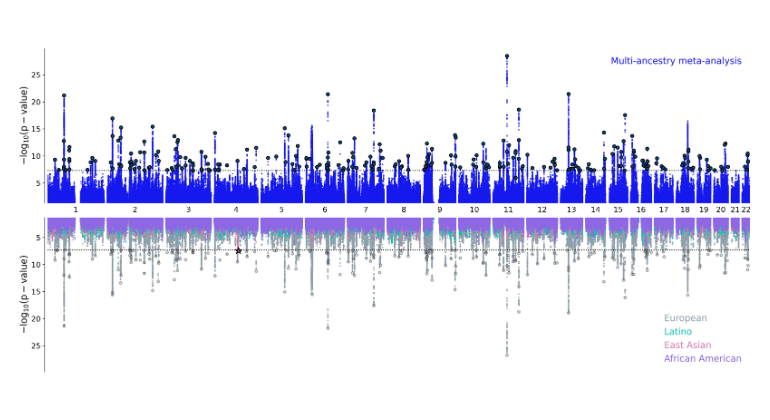Perception of marijuana as a "safe drug" is scientifically inaccurate
The nature of the teenage brain makes users of cannabis particularly at risk of developing addictive behaviors.
The nature of the teenage brain makes users of cannabis amongst this population particularly at risk of developing addictive behaviors and suffering other long-term negative effects, according to researchers at the University of Montreal and New York’s Icahn School of Medicine at Mount Sinai.
“Of the illicit drugs, cannabis is most used by teenagers since it is perceived by many to be of little harm. This perception has led to a growing number of states approving its legalization and increased accessibility. Most of the debates and ensuing policies regarding cannabis were done without consideration of its impact on one of the most vulnerable population, namely teens, or without consideration of scientific data,” wrote Professor Didier Jutras-Aswad of the University of Montreal and Yasmin Hurd, PhD, of Mount Sinai. “While it is clear that more systematic scientific studies are needed to understand the long-term impact of adolescent cannabis exposure on brain and behavior, the current evidence suggests that it has a far-reaching influence on adult addictive behaviors particularly for certain subsets of vulnerable individuals.”
The researchers reviewed over 120 studies that looked at different aspects of the relationship between cannabis and the adolescent brain, including the biology of the brain, chemical reaction that occurs in the brain when the drug is used, the influence of genetics and environmental factors, in addition to studies into the “gateway drug” phenomenon. “Data from epidemiological studies have repeatedly shown an association between cannabis use and subsequent addiction to heavy drugs and psychosis (i.e. schizophrenia). Interestingly, the risk to develop such disorders after cannabis exposure is not the same for all individuals and is correlated with genetic factors, the intensity of cannabis use and the age at which it occurs. When the first exposure occurs in younger versus older adolescents, the impact of cannabis seems to be worse in regard to many outcomes such as mental health, education attainment, delinquency and ability to conform to adult role,” Dr Jutras-Aswad said.
Although it is difficult to confirm in all certainty a causal link between drug consumption and the resulting behavior, the researchers note that rat models enable scientists to explore and directly observe the same chemical reactions that happen in human brains. Cannabis interacts with our brain through chemical receptors (namely cannabinoid receptors such as CB1 and CB2.) These receptors are situated in the areas of our brain that govern our learning and management of rewards, motivated behavior, decision-making, habit formation and motor function. As the structure of the brain changes rapidly during adolescence (before settling in adulthood), scientists believe that the cannabis consumption at this time greatly influences the way these parts of the user’s personality develop. In adolescent rat models, scientists have been able to observe differences in the chemical pathways that govern addiction and vulnerability – a receptor in the brain known as the dopamine D2 receptor is well known to be less present in cases of substance abuse.
Only a minority (approximately one in four) of teenage users of cannabis will develop an abusive or dependant relationship with the drug. This suggests to the researchers that specific genetic and behavioral factors influence the likelihood that the drug use will continue. Studies have also shown that cannabis dependence can be inherited through the genes that produce the cannabinoid receptors and an enzyme involved in the processing of THC. Other psychological factors are also likely involved. “Individuals who will develop cannabis dependence generally report a temperament characterized by negative affect, aggressivity and impulsivity, from an early age. Some of these traits are often exacerbated with years of cannabis use, which suggests that users become trapped in a vicious cycle of self-medication, which in turn becomes a dependence” Jutras-Aswad said.
The researchers stress that while a lot remains unknown about the mechanics of cannabis abuse, the body of existing research has clear implications for society. “It is now clear from the scientific data that cannabis is not harmless to the adolescent brain, specifically those who are most vulnerable from a genetic or psychological standpoint. Identifying these vulnerable adolescents, including through genetic or psychological screening, may be critical for prevention and early intervention of addiction and psychiatric disorders related to cannabis use. The objective is not to fuel the debate about whether cannabis is good or bad, but instead to identify those individuals who might most suffer from its deleterious effects and provide adequate measures to prevent this risk” Jutras-Aswad said. “Continuing research should be performed to inform public policy in this area. Without such systematic, evidenced-based research to understand the long-term effects of cannabis on the developing brain, not only the legal status of cannabis will be determined on uncertain ground, but we will not be able to innovate effective treatments such as the medicinal use of cannabis plant components that might be beneficial for treating specific disorders,” Dr Hurd said.
About this study:
Professor Didier Jutras-Aswad, MD, is affiliated with the Department of Psychiatry at the University of Montreal and the Research Centre at the University of Montreal Hospital (CR-CHUM). The University of Montreal is officially known as Université de Montréal. Professor Yasmin L. Hurd, MD, PhD, is a Professor of Psychiatry and Neuroscience at the Icahn School of Medicine at Mount Sinai in New York. The study “Trajectory of adolescent cannabis use on addiction vulnerability” will be published in Neuropharmacology and received funding from the National Institute on Drug Abuse of the United States.
About the Mount Sinai Health System
Mount Sinai Health System is one of the largest academic medical systems in the New York metro area, with 48,000 employees working across seven hospitals, more than 400 outpatient practices, more than 600 research and clinical labs, a school of nursing, and a leading school of medicine and graduate education. Mount Sinai advances health for all people, everywhere, by taking on the most complex health care challenges of our time—discovering and applying new scientific learning and knowledge; developing safer, more effective treatments; educating the next generation of medical leaders and innovators; and supporting local communities by delivering high-quality care to all who need it.
Through the integration of its hospitals, labs, and schools, Mount Sinai offers comprehensive health care solutions from birth through geriatrics, leveraging innovative approaches such as artificial intelligence and informatics while keeping patients’ medical and emotional needs at the center of all treatment. The Health System includes approximately 9,000 primary and specialty care physicians and 10 free-standing joint-venture centers throughout the five boroughs of New York City, Westchester, Long Island, and Florida. Hospitals within the System are consistently ranked by Newsweek’s® “The World’s Best Smart Hospitals, Best in State Hospitals, World Best Hospitals and Best Specialty Hospitals” and by U.S. News & World Report's® “Best Hospitals” and “Best Children’s Hospitals.” The Mount Sinai Hospital is on the U.S. News & World Report® “Best Hospitals” Honor Roll for 2025-2026.
For more information, visit https://www.mountsinai.org or find Mount Sinai on Facebook, Instagram, LinkedIn, X, and YouTube.
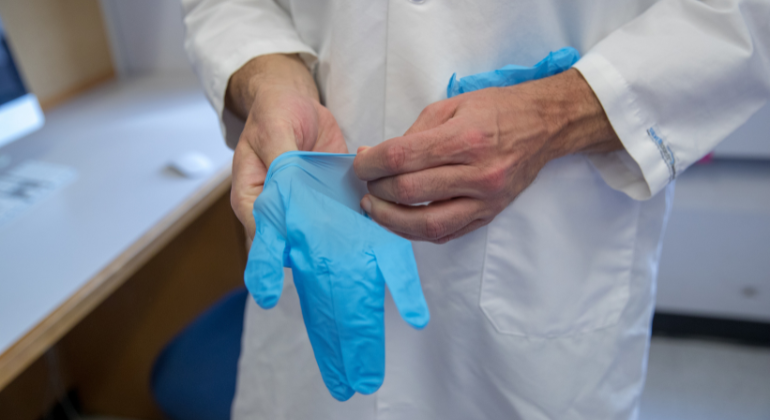
The New England Journal of Medicine Shines Spotlight on Forensic Pathology
Jul 03, 2025 View All Press Releases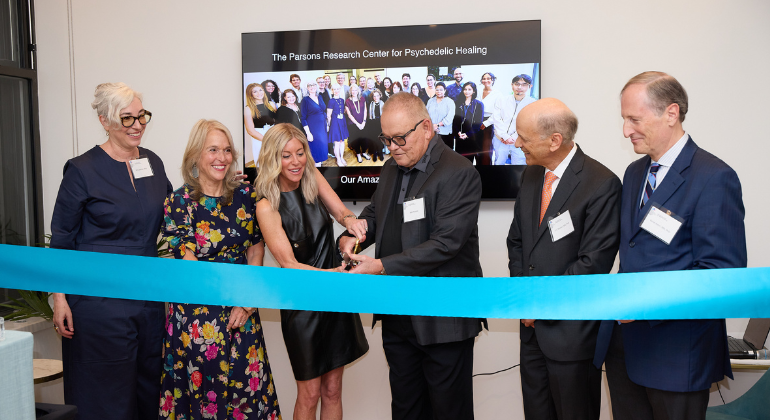
Mount Sinai Expands Psychedelic Research Center With New Facility in Upper Manhattan
Sep 19, 2024 View All Press Releases

